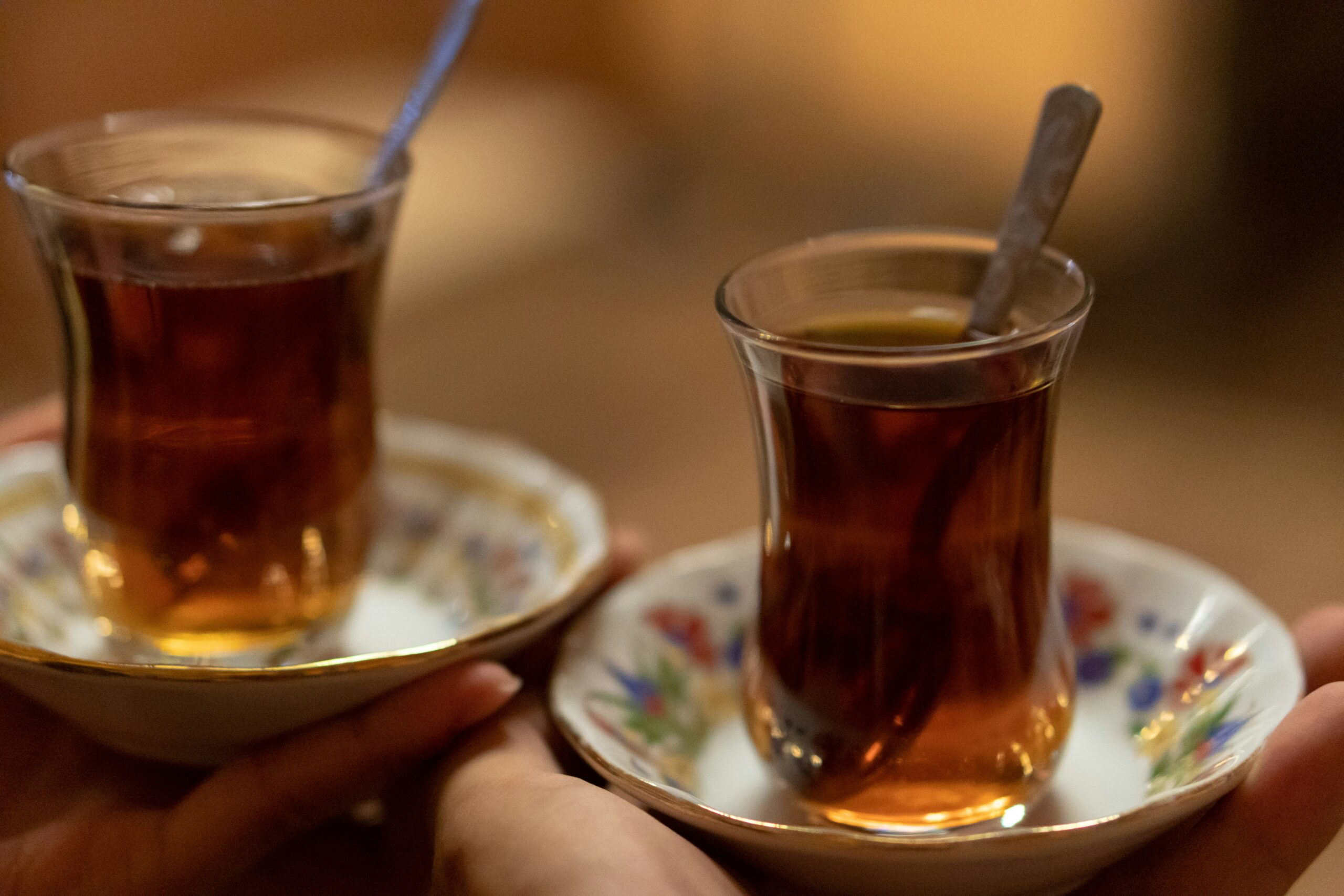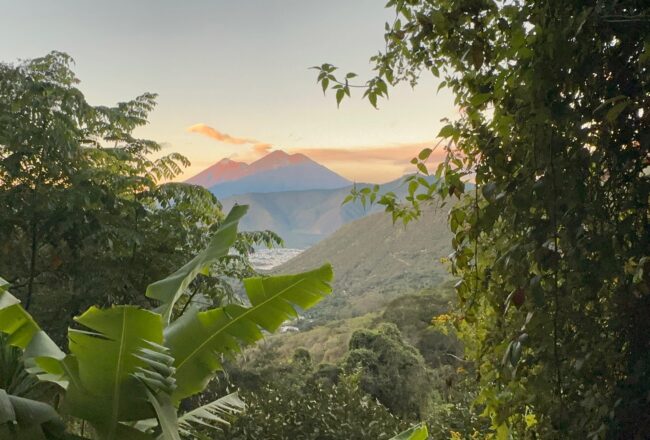Whenever I tell people back home that my favorite cuisine is Ethiopian, I’m met with laughter and jeers.
“What do they serve at Ethiopian restaurants? One grain of rice?”
Har har.
But now I’m getting the last laugh, eating my way around Ethiopia and indulging in this country’s incredibly lush, layered cuisine.
For the uninitiated, here’s what Ethiopian food is all about.
Most dishes revolve around sauces served on injera.
Injera is a bread made from teff flour, not wheat, so it’s naturally gluten-free and doesn’t rest heavy on the stomach. The dough is fermented, giving it a tangy taste and spongy texture similar to sourdough. It looks like a limp pancake.
The best thing about Ethiopian food is that you eat with your hands, tearing pieces of injera and using them to sop up the juicy sauces. Since you’re experiencing the food without utensils, the meals engage every sense — right down to the steamy sauna of sauce on your fingertips.
The most common sauce, called wot, is like a thick, yummy stew made with either meat or beans. It is seasoned with berbere, a potent blend of chili pepper, black pepper, ginger, garlic and other spices. (Supposedly the way to an Ethiopian man’s heart is through spice — it is said that the woman with the best berbere nabs the best husband!)
A less zesty version of wot is called alecha. It contains no berbere, but it is equally delicious.
During Lent and on fasting days — that is, every Wednesday and Friday — orthodox Ethiopians eschew animal products, which means vegans rule, baby! That’s when I happily order my favorite meal, beyanetu, a hearty sampler of wot, alecha, salads and more.
Many dishes are served on a shared plate, using a piece of injera that is approximately the size of a bistro tablecloth.
If you’re dining with loved ones, you might also experience gursha, a beautiful act of friendship. That’s when your buddy tears a strip of injera, sponges up some sauce, then places the bundle of food into your mouth. The larger the roll of injera, the stronger your friendship.
Altogether, Ethiopian cuisine is unbearably beautiful in its richness of flavor, the eye-popping spice, and even the act of nourishing one another. I feel like I’m getting to know this country one bite of injera at a time.
It’s a far cry from one grain of rice, huh?
Of course, the food varies by region, based on tradition, season and availability. While I was visiting a tribe near Konso, they were serving up beans and kurkofa, balls of maize and sorghum dough, boiled and served with moringa (cabbage tree) leaves.















